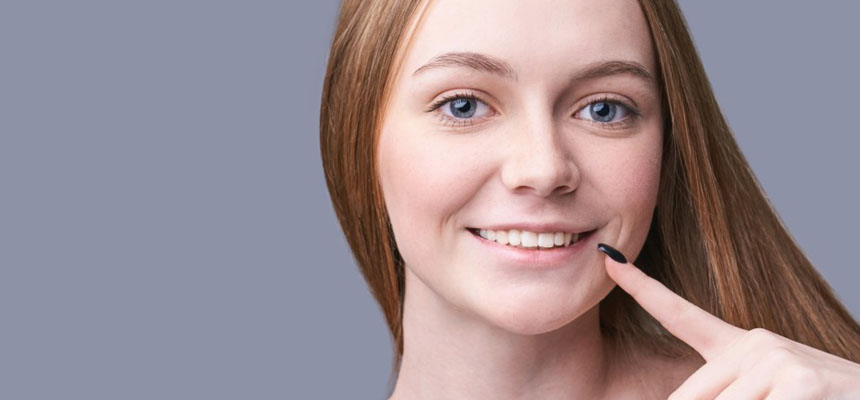Have you replaced your toothbrush recently? when it comes to health and beauty, we toss out expired food, restock vitamins and supplements, and replace our beauty products often. However, dental hygiene isn’t given as much attention or thought as other parts of our regimen. There are some basic rules and tips you should follow to keep your teeth healthy.
Change Your Toothbrush When It’s Time
It’s recommended that you change your toothbrush every 3 months by most dentists. As toothbrushes wear out, they become less effective at removing plaque from teeth and gums. Researchers have found out that around 3 months is when the bristles break down and lose their effectiveness.
Another thing we don’t often consider is that germs can hide in toothbrush bristles. To avoid reinfection what you have to do is you should replace your toothbrush after a cold.
If the bristles aren’t taken care of, fungus and bacteria can grow. Make sure you rinse and dry your toothbrush thoroughly after use, and keep it in an upright position away from other used toothbrushes. Keep your toothbrush head covered when travelling to stop germs from spreading.
Check your toothbrush head especially if you can’t remember how long it’s been used. If you see dark color changes, which are signs of mold.
Taking Care of Your Toothbrush
If you want to get the most out of your toothbrush, take care of it like any other grooming or hygiene tool.
Try not to let your toothbrush heads touch if you’re storing it in a cup with other toothbrushes.
After you brush, rinse your toothbrush with tap water. You don’t need a disinfectant, mouthwash, or hot water to sanitize it. This is not the best way to “sanitize” a toothbrush
When your toothbrush isn’t in use, you don’t need a special container to keep it clean. Some of these containers may encourage mold growth.
How To Shop for Dental Products
During your next dental check-up, ask your dentist what you should buy based on your individual needs, your dental health, etc.
Professionals suggest buying toothbrushes with soft bristles to protect your teeth and gums, choosing a toothbrush head size that brushes one or two teeth at a time, using toothpaste with fluoride approved by the ADA, and using mouthwash to prevent plaque and gingivitis.
If you’re having trouble cleaning your teeth, consider an electric toothbrush, as these are proven to improve oral health beyond what a manual toothbrush can do by removing plaque, reducing gingivitis, and removing stains. People with periodontal disease have also reported fewer plaques on their teeth with them.
Make sure you research what products are best for you, and don’t forget to ask your dentist for recommendations.
looking for a dentist? check us out. Make an appointment at the best dental clinic in Malaysia-DENTO for a dental practice.

